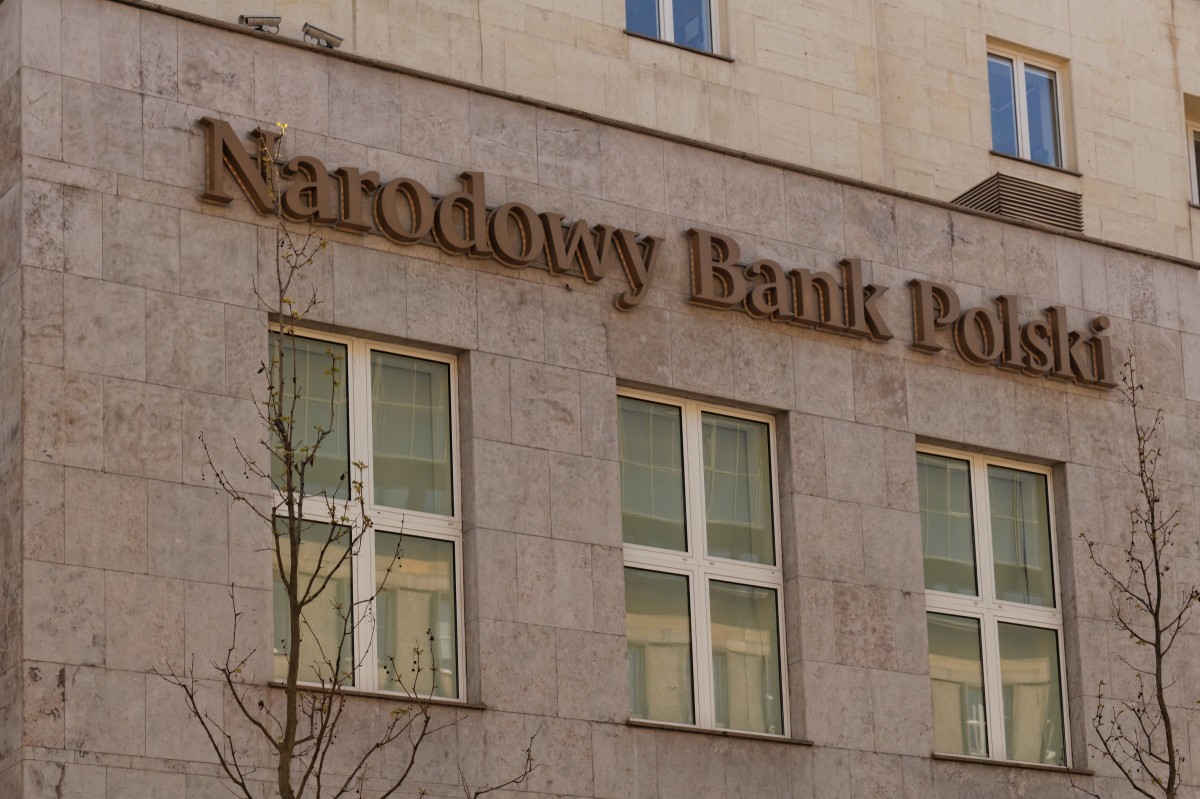Poland Central Bank Preview - Friday, June 3

The Monetary Policy Council in Poland is expected to raise rates
Rates expected to rise
The negative short-term impact of the war in Ukraine on GDP is limited. With a high level of production backlogs, output growth remains high, but new orders contraction is significant, which bodes ill for the rest of 2022. However, CPI gets sticky and maybe persistent, requiring further NBP hikes to offset fiscal expansion (c.3% GDP).
The high level of activity at the turn of 2021/22 means that 2022 GDP growth is likely to average around 4.7%. Supporting consumption is a slew of nearly 2 million refugees from Ukraine. After a successful first half of 2022, we face a more difficult second part of the year due to the negative impact of the war on Polish exports to the East and West, no sustainably high contribution of inventories in 1Q21 (7.7% of GDP), weaker investment constrained by uncertainty and availability of supplies, and a downturn in construction as a result of interest rate hikes.
An extended period of elevated inflation lies ahead. We forecast average annual CPI of over 13% in 2022, with a peak of 15-20% YoY in 4Q22. The commodity shock was so strong and widespread that inflation will remain elevated even when GDP returns near to its potential. Prices are being pushed up by increases in energy, materials, and transportation. More worrisome is that core inflation shows one long stream of month-on-month rises, which we find as evidence of second-round effects. Domestic demand is so firm that businesses can easily pass higher costs to retail prices. It will take 2-3 quarters for the recent war shock to fully translate into consumer prices.
Hence, the rhetoric of the National Bank of Poland remains very hawkish. We believe the MPC will continue raising rates, bringing the reference rate to the target level of 8.5% in late 2022/early 2023. With expansionary fiscal policy we see rate cuts no sooner than in 2024.
FX and Money Markets
We believe the NBP's policy tightening will be much stronger than either the Fed or the European Central Bank. In our opinion, this justifies further strengthening of the zloty, especially as market tensions related to the war are clearly easing. Moreover, comments from the European Commission point to the imminent launch of the Recovery Fund. This will provide additional support for the zloty, as EU funds will be exchanged on the market. We expect the €/PLN exchange rate to reach 4.50 or slightly below by the end of the year. In 2023, the appreciation of the zloty should continue, even below 4.40 in 4Q23.
Domestic Debt and Rates
We believe that PLN IRS rates are pricing in too low a path for NBP rates. In particular, markets expect rate cuts as early as next year, which seems unlikely given the expansionary fiscal policy. This, in our opinion, gives room for PLN IRS to grow.
Disclaimer: This publication has been prepared by the Economic and Financial Analysis Division of ING Bank N.V. (“ING”) solely for information purposes without regard to any ...
more


